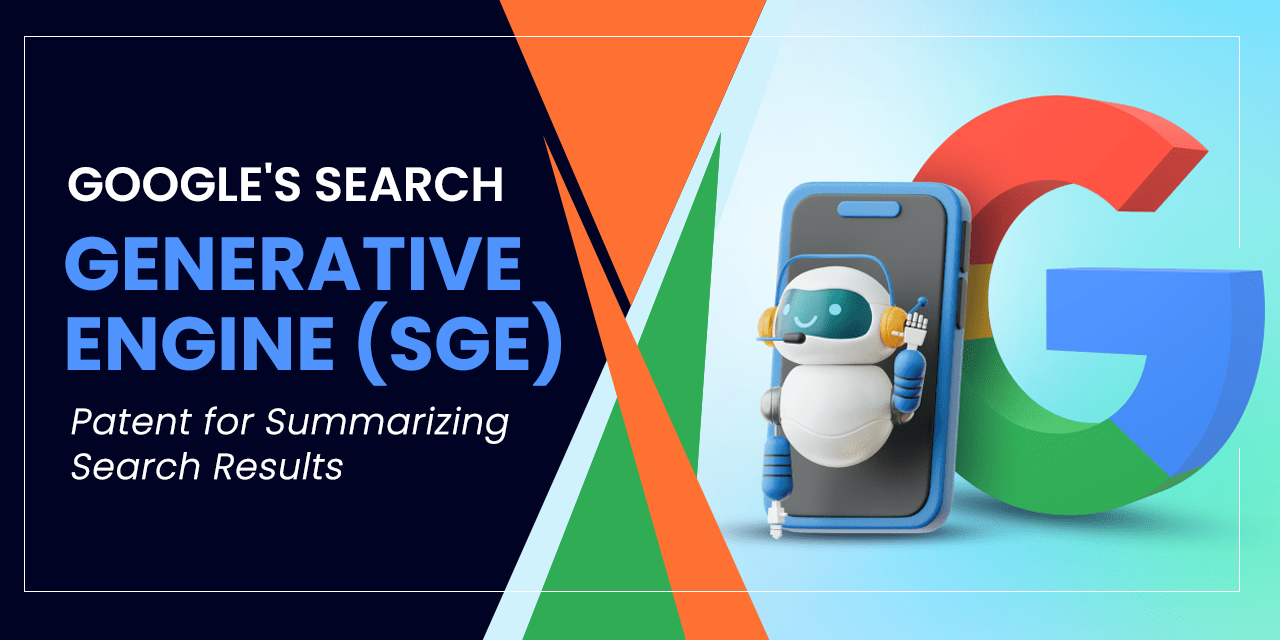
Google’s Search Generative Engine (SGE) and Patent for Summarizing Search Results
In the ever-growing landscape of search engines, Google continues to push the boundaries of innovation. One of its recent breakthroughs is the Search Generative Engine (SGE), a powerful tool that enhances the search experience for users. Coupled with a ground-breaking patent, Google’s SGE promises to transform how we interact with search results.
Understanding Patent US11769017B1
The patent, filed by Google, introduces a method for creating summaries of search results using large language models (LLMs). These sophisticated models are designed to comprehend the context and content of web pages, enabling them to create concise and relevant summaries. But what sets this patent apart is its vision for reimagining the search results page.
Traditionally, search results provide a list of links, leaving users to explore each page separately. However, Patent US11769017B1 envisions a more dynamic approach. It allows for complex queries and delivers AI-powered overviews with links to further information. In essence, it transforms the search results page into an informative hub, offering users immediate insights and pathways for deeper exploration.
Google SGE in Action
So, how does Google’s SGE work? Let’s break it down:
- Generative Summaries: Google’s SGE uses LLMs to create AI-powered summaries for search queries. These summaries offer users a quick and easy understanding of a particular topic. For instance, when searching for “quantum computing,” instead of merely getting a list of links, you’d receive a brief and concise summary that captures the crux of quantum computing.
- Context-Rich Overviews: These summaries aren’t isolated pieces of information. They’re backed by high-quality web sources, ensuring consistency and breadth. Users can trust that the information presented aligns with their intent.
- Links for Further Exploration: Beyond the summary, Google SGE offers links to explore deeper. If you want to dive into specific aspects of quantum computing, those pathways are readily available.
Implications for SEO Professionals
As SEO professionals, we need to adapt to this new standard. Here are some key takeaways:
- Comprehensive Content: Google’s SGE favours content that thoroughly covers topics. To be featured in AI-generated summaries, create authoritative and complete articles. Address users’ top questions and provide valuable insights.
- Clarity and Context: Write in a clear, concise manner while maintaining context. Content that’s easily digestible and contextually rich stands a better chance of being summarized by LLMs.
- User Intent Alignment: Understand user intent behind queries. Align your content with what users seek. If Google SGE prioritizes context, your content should, too.
Conclusion
Google’s SGE & the related patent mark a significant shift in search experiences. As marketers and content creators, we must embrace this evolution. By crafting valuable, context-aware content, we can thrive in the age of AI-driven summaries. So, let’s adapt, innovate, and continue to explore the frontiers of search!





